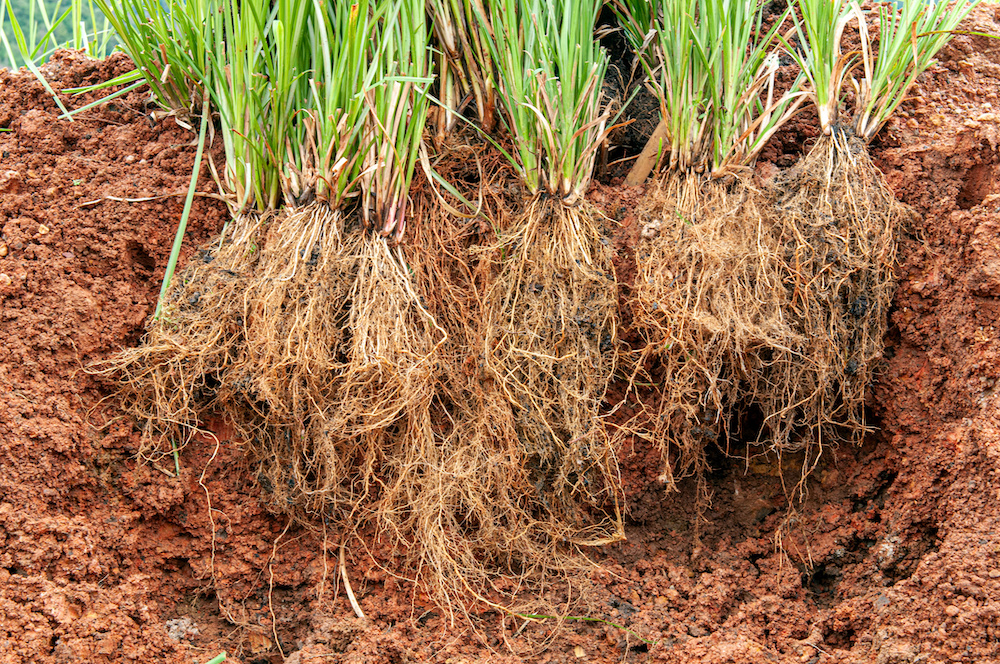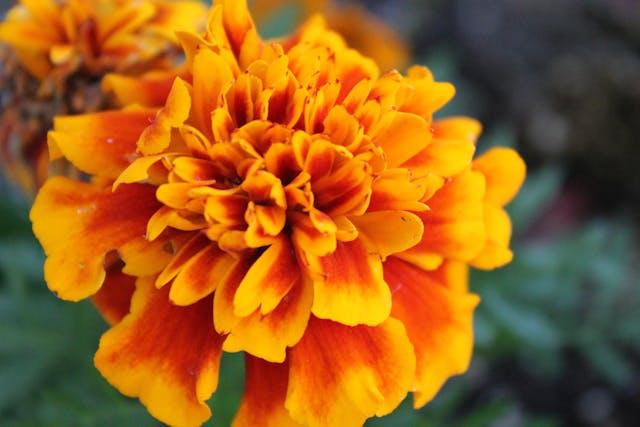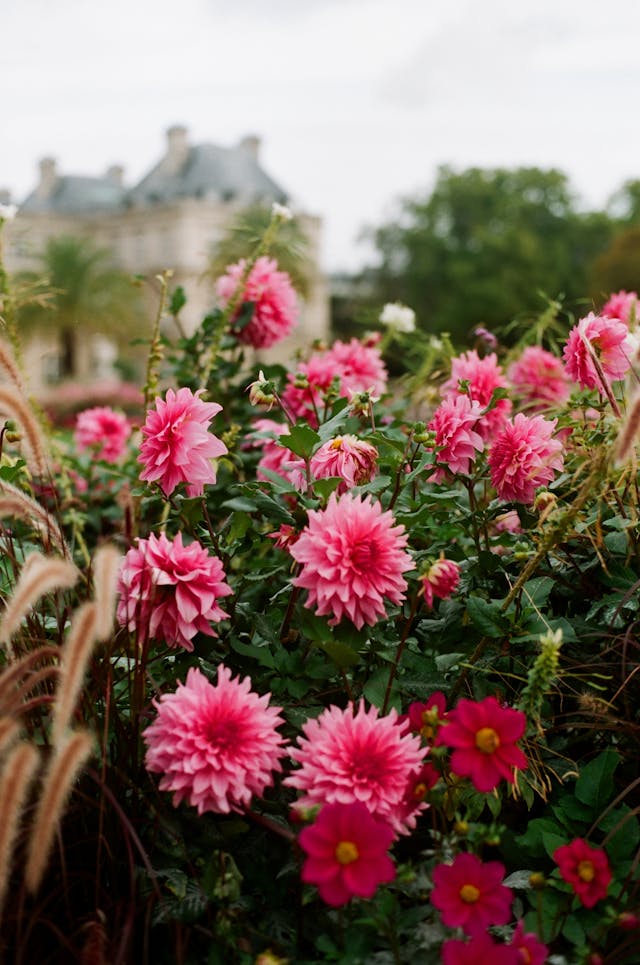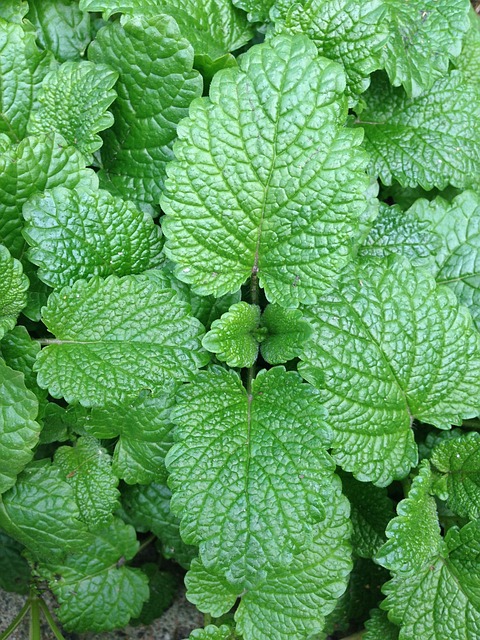Termites might be tiny, but the damage they can cause to your home is anything but small. These wood-destroying pests can turn your beautiful home into dust if left unchecked for too long!
That’s where nature steps in to lend a hand. Believe it or not, there are some plants that repel termites. These natural termite repellents add beauty and greenery to your surroundings and serve as an excellent accompaniment to traditional pest control treatments we offer at proof.!
In this blog, we’ll learn about different plant species that can act as natural deterrents, how they work their magic, and how to incorporate them into your garden to protect your home.
What You Need to Know About Termites
Before diving into the specific termite-repelling plants, let’s learn more about these tiny pests. Termites are small, pale, or light brown insects that primarily feed on wood and other cellulose materials.
While they can help by breaking down dead trees and recycling nutrients back into the soil, they can also become a serious problem whenever they set their sights on our homes and other nearby wooden structures.
Types of Termites
- Subterranean Termites: These are the most common and destructive type of termite. They live in underground colonies and build mud tubes to access food sources above ground.
- Drywood Termites: Unlike subterranean termites, drywood termites do not need soil contact. They infest dry wood and can often be found in the wooden structures of homes, furniture, and other wooden items.
- Dampwood Termites: These termites prefer moist and decaying wood. They are less likely to infest homes but can still cause significant damage in the right conditions.
The Damage They Cause
Termites can weaken structures’ structural integrity by consuming wood from the inside out, resulting in costly repairs and safety concerns. This damage often goes unnoticed until it becomes severe, making regular inspections important for early detection and prevention.
These pests can also devastate furniture, wooden fixtures, and even personal items like books and photographs. Their relentless feeding habits on cellulose-based materials mean they pose a threat to anything made of wood within their reach.
Top 5 Plants That Repel Termites
Certain plants can be your best defense if you’re looking for a natural way to keep termites away. By incorporating them into your garden, you can create a natural barrier against these destructive pests. Let’s take a closer look at some of the best plants that repel termites in your home!
Vetiver Grass
Vetiver grass is a powerful ally in the fight against termites. Originating from India, this tall, clumping grass is known for its extensive root system, which helps prevent soil erosions.

Vetiver grass roots release a chemical called nootkatone. This chemical has a strong scent that termites find unappealing, creating an environment in the soil that termites try to avoid.
Tips for Planting and Care
- Planting Location: Vetiver grass thrives in well-drained soil and can tolerate a wide range of soil types, from sandy to clay.
- Sunlight: It prefers full sun but can also grow in partial shade.
- Watering: Once established, vetiver grass is drought-tolerant, but regular watering will help it establish more quickly.
- Maintenance: This low-maintenance plant requires minimal care. Trim it back periodically to keep it tidy and to prevent it from becoming invasive.
Marigolds
Marigolds are other plants that repel termites. These hardy annuals have bright orange and yellow blooms. They can repel a variety of different pests, including termites. They are easy to grow and can thrive in a variety of conditions, making them a popular choice for natural pest control.

Marigolds contain a substance called alpha-terthienyl. Combined with its insecticidal properties and marigolds’ strong scent, this plant is an excellent addition to your property. Try planting these vibrant flowers around your home to make the soil less inviting for termites.
Tips for Planting and Care
- Planting Location: Marigolds prefer well-drained soil and full sun, but they can also tolerate partial shade.
- Sunlight: For best results, plant marigolds in an area that receives at least six hours of sunlight daily.
- Watering: Marigolds are relatively drought-tolerant but perform best with regular watering. Allow the soil to dry slightly between waterings.
- Maintenance: Remove wilted or dead flowers (a process known as deadheading) to encourage the plant to produce more blooms instead of going to seed too quickly. Marigolds can be planted in garden beds, borders, or containers.
Chrysanthemums
Chrysanthemums, commonly known as mums, are beloved for their vibrant colors and late-season blooms. Beyond their aesthetic appeal, chrysanthemums are also effective plants that repel termites.

These blooms contain a natural chemical called pyrethrin, which is widely used in insect repellents and insecticides.
Tips for Planting and Care
- Planting Location: Chrysanthemums thrive in well-drained soil and prefer locations with total sun exposure.
- Sunlight: Make sure they receive at least six hours of sunlight daily for optimal growth and bloom.
- Watering: Keep the soil consistently moist but not waterlogged. Water at the base of the plant to avoid wetting the foliage.
- Maintenance: Regularly remove dead or faded flowers to promote new blooms. Pinch back the stems in early summer to encourage bushier growth and more flowers.
Catnip
Catnip is a hardy perennial herb with fragrant leaves and delicate flowers, making it a great addition to your garden. It contains nepetalactone, a compound that termites find unpleasant. This scent helps keep termites away from areas where catnip is planted.

Tips for Planting and Care
- Planting Location: Catnip thrives in well-drained soil and can adapt to various soil types. It prefers full sun but can tolerate partial shade.
- Sunlight: Aim for at least six hours of sunlight daily to ensure healthy growth.
- Watering: Water catnip regularly, but be careful not to overwater. Allow the soil to dry out slightly between waterings.
- Maintenance: Catnip is a low-maintenance plant. Trim it back after flowering to promote new growth. It can also self-seed and spread, so be mindful of its placement in your garden.
Mint
With its fresh scent and culinary versatility, this fast-growing herb can be a fantastic addition to your garden for both practical and aesthetic reasons. Mint is one of the top plants that repel termites because it naturally produces oils that bugs, including termites, don’t like. When these oils are in the soil around mint, the area is less appealing to termites.

Tips for Planting and Care
- Planting Location: Mint prefers moist, well-drained soil and does well in partial shade. It can handle full sun if you keep the soil moist.
- Sunlight: Make sure your mint gets 4-6 hours of sunlight daily for the best growth.
- Watering: Keep the soil consistently damp, especially in dry spells. Be careful not to overwater, as mint can get root rot.
- Maintenance: Trim mint regularly to keep it bushy and prevent it from spreading too much. Consider planting it in containers to control its growth, as it can take over garden beds.
Professional Pest Control for Termites
While plants that repel termites, like vetiver grass, marigolds, chrysanthemums, catnip, and mint, can certainly contribute to a natural defense against termites, it’s essential to recognize their limitations. These plants primarily serve as deterrents and may not completely eradicate a termite infestation if one has already taken hold.
Professional pest control services offer specialized knowledge, treatments, and equipment to effectively manage and eradicate termite colonies. Whenever you need help with a termite infestation, contact the experts here at proof.!

